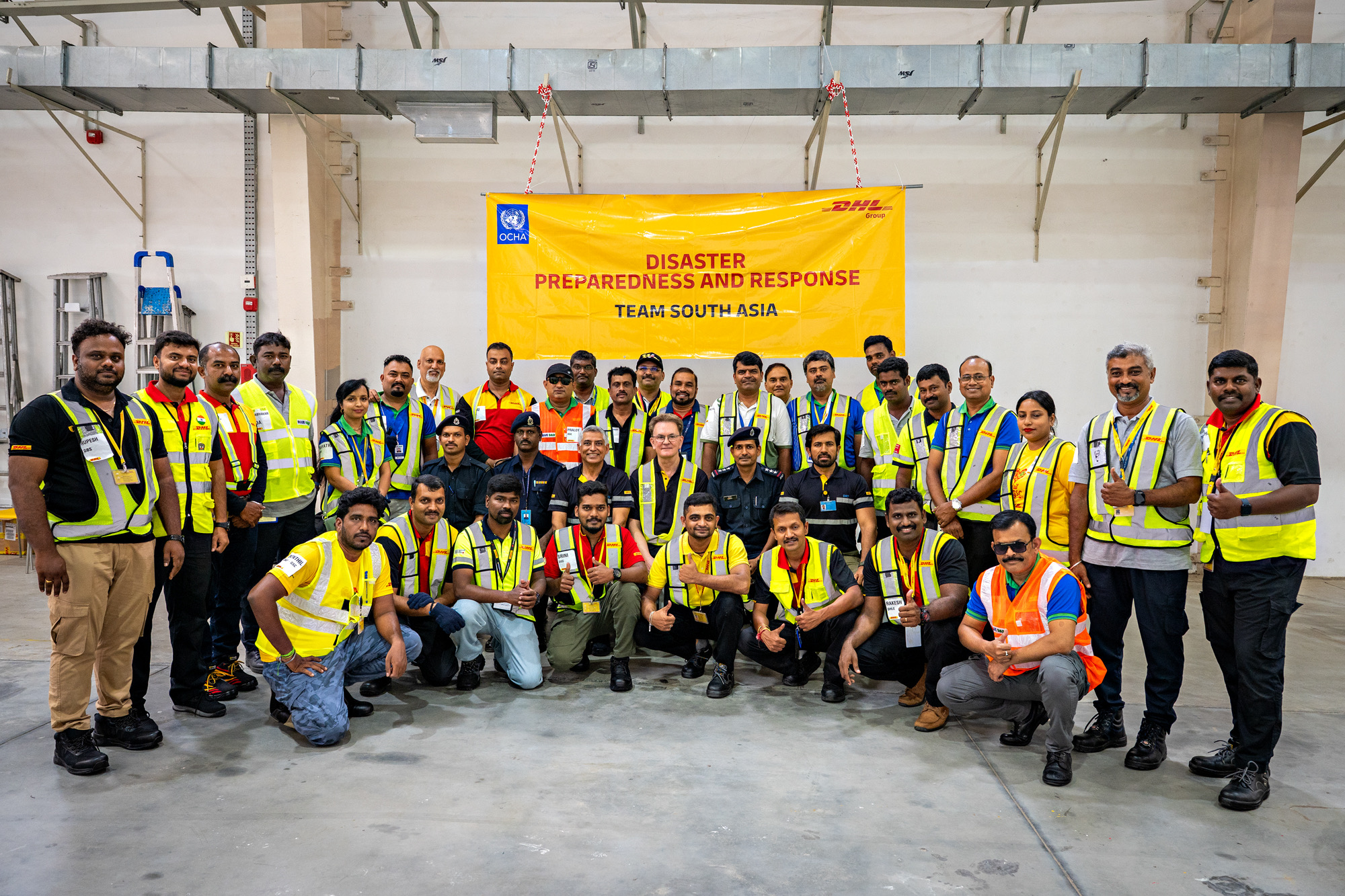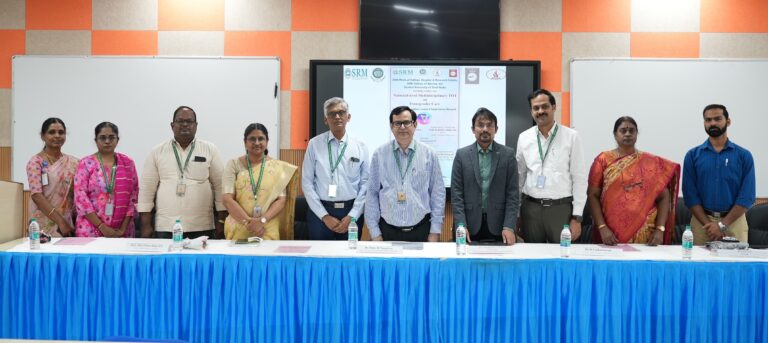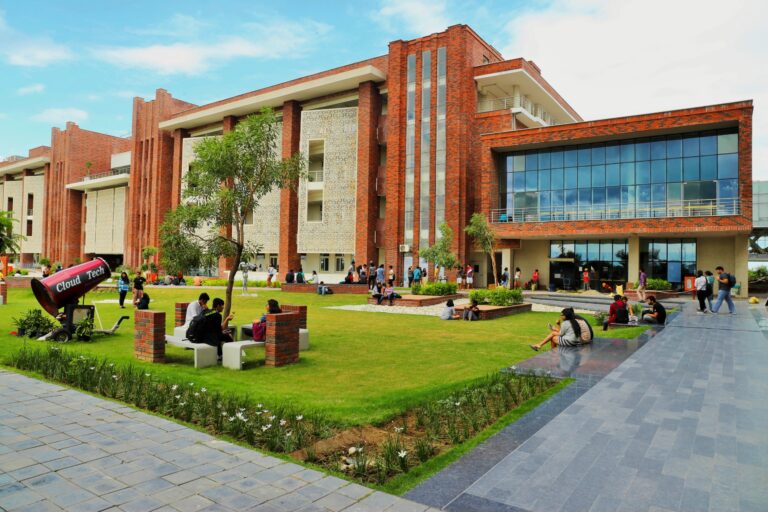Bangalore, 10 April 2025 – DHL Group has conducted its secondGoHelp Disaster Response Team (DRT) training in Bangalore, India, strengthening resilience and preparedness against disasters in the South Asia region.
This is the second DRT training in India, with the first training conducted back in 2013. The 2-day training was held from April 5-6, 2025, at a DHL facility in Bangalore. More than 30 employees from DHL Express, DHL Global Forwarding, DHL Supply Chainand Blue Dart attended the training. The National Disaster Response Force (NDRF), a specialized force in India formed to respond to natural and man-made disasters, attended the training as an observer.
The 2-day training consisted of two sessions: a theoretical session on safety and stakeholder management, and a practical session. During the theoretical session, participants learned how to work with NGOs, the military, government organizations, and the media. For the practical session, it included a disaster simulation, where participants were coached on relief cargo management during a crisis, warehousing and forklift driving.
“DHL has always provided support when needed in India, such as our deployment in 2018 for the flood in Kerala, and again in 2022 for the flood in Assam. Therefore, it is timely for us to return to India and train a new batch of volunteers. Our employees have existing logistics expertise, but the situation during a deployment can be different from what they do day-to-day. The DRT training is crucial in providing them with the necessary knowledge to prepare for such situations.
Since our last training in 2013, the focus has shifted from reactive disaster response to proactive preparedness. We now train them beyond airport logistics to include warehousing so that they manage relief cargo effectively and provide critical aid across multiple touchpoints during emergencies,” said Carl Schelfhaut, Head of the GoHelp program, Asia Pacific, DHL Group.
According to UNICEF, India is one of the most disaster-prone countries with 27 of its 29 states and seven union territories exposed to recurrent natural hazards such as cyclones, earthquakes, landslides, floods and droughts. With climate change, the Indian subcontinent is likely to experience an increasing number of extreme weather events in the future.
The Indian Ocean earthquake and tsunami, the deadliest tsunami in recorded history, devastated communities along the surrounding coasts of the Indian Ocean in December 2004, killing an estimated 228,000 people in 14 countries, including Sri Lanka.



























+ There are no comments
Add yours